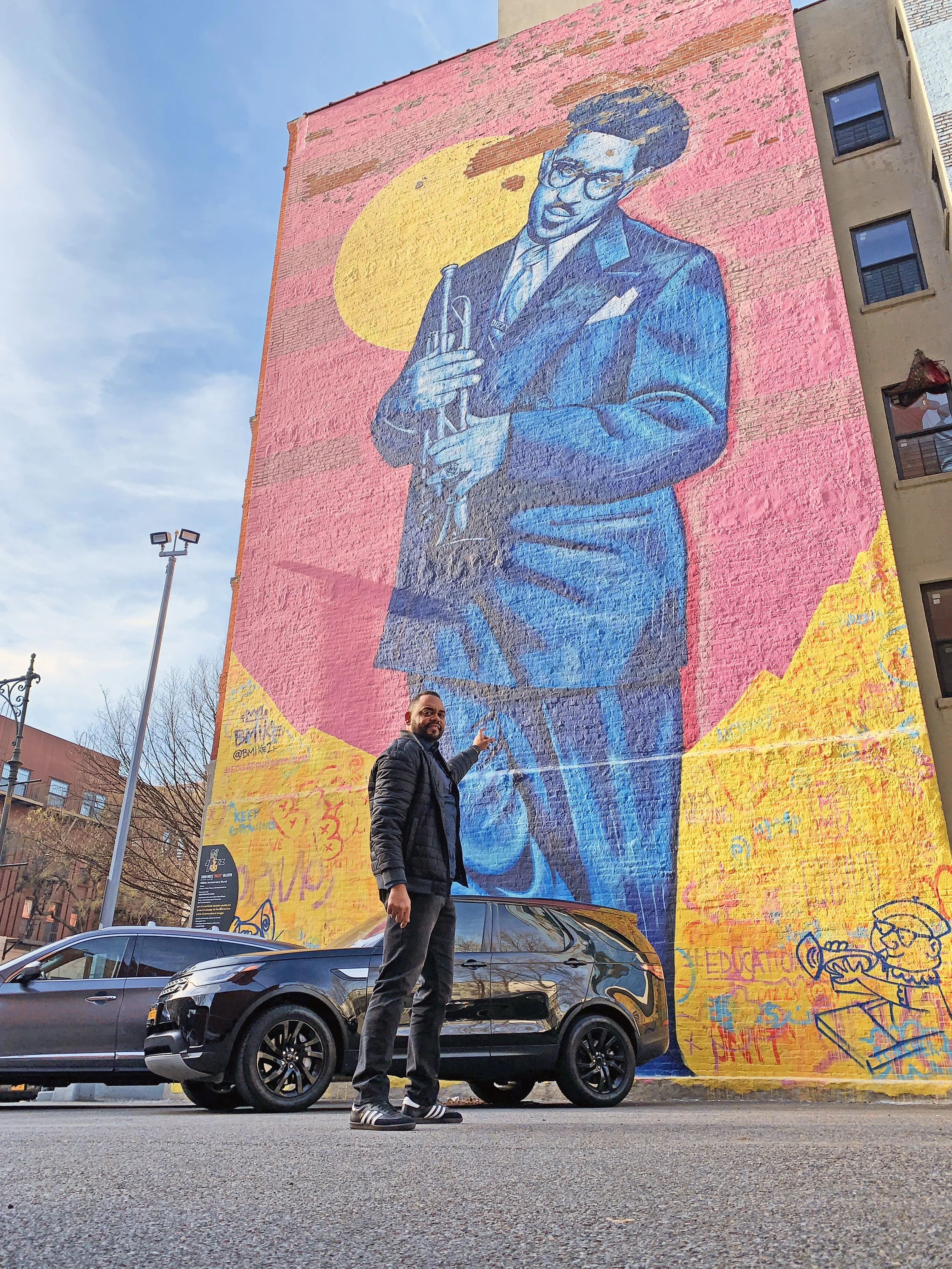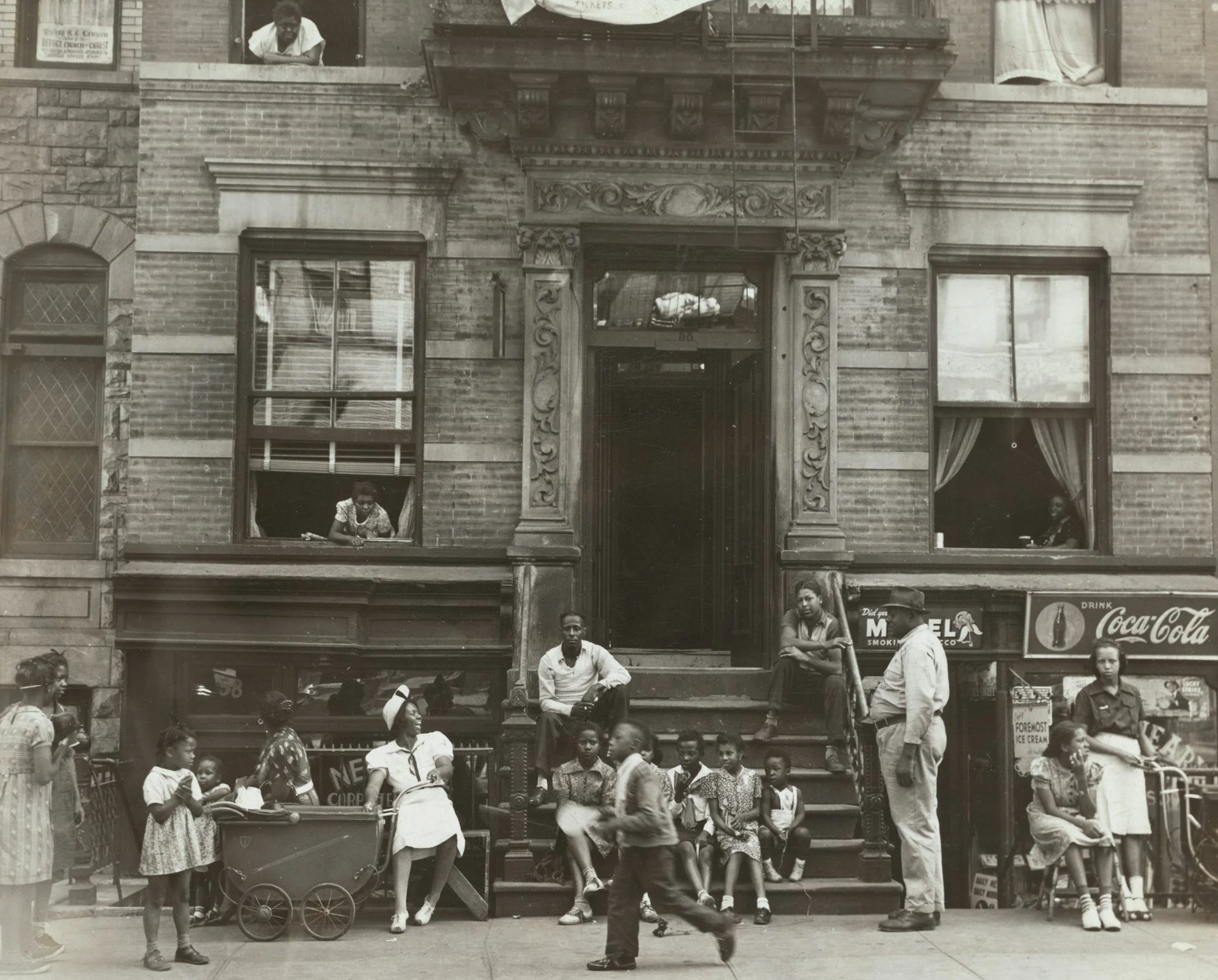Harlem, New york city
Godisable Jacob/Pexels
Harlem: The Soul of New York City
Welcome to Harlem, one of Manhattan’s most iconic and influential neighborhoods. For over a century, Harlem has stood as the epicenter of Black art, music, literature, and activism—a cultural Mecca that reshaped the story of America. From the jazz clubs that once echoed the tunes of Duke Ellington and Billie Holiday to the murals that celebrate leaders like Malcolm X, Harlem’s streets still pulse with history, resilience, and creativity.
a Brief History of Harlem
The Birth of Harlem
Harlem was first settled by the Dutch in the 1600s and named after Haarlem, a city in the Netherlands. For centuries, it was farmland, later becoming a fashionable suburb for wealthy New Yorkers. But Harlem’s true story, the one that changed America began in the early 1900s.
As part of the Great Migration, thousands of African Americans from the South moved north seeking opportunity and freedom. They brought with them their culture, creativity, and hope. Harlem became the epicenter of this new wave of expression.
By the 1920s, the neighborhood had blossomed into a Mecca of African American art, music, and literature. This became known as the Harlem Renaissance, a golden age that gave rise to voices that would redefine American identity.
The movement wasn’t just about art — it was a declaration of pride, intellect, and strength.
Showtime at the Apollo Theater. 1948. William P. Gottlieb/Library of Congress
How Did Harlem Became So Famous?
Harlem became famous not just for its music, but for what it represented — the promise of a new cultural identity.
The Harlem Renaissance was the first time in American history that African American art and voices were celebrated on a national stage. Harlem became a symbol of Black excellence, creativity, and independence.
Through literature, music, and performance, Harlem influenced every corner of American life — from Broadway to politics. It also laid the groundwork for later social movements, including the Civil Rights Movement of the 1950s and 60s.
Even as Harlem faced periods of hardship, including the economic struggles of the mid-20th century and the riots of 1943 and 1964, it continued to evolve. Out of every challenge, Harlem rose stronger and more determined to hold on to its identity.
Mural of Dizzie Gillepsie (229 W 135th St)
Famous Artists, Musicians & Writers from Harlem
The Harlem Renaissance of the 1920s and 30s ignited an explosion of creativity that still reverberates through American culture.
Langston Hughes – The poet whose verses captured the rhythm and struggles of Black America.
Duke Ellington – The jazz legend whose orchestra defined the Harlem sound.
Billie Holiday – One of the greatest jazz vocalists of all time.
Dizzy Gillespie – Innovator of bebop and Afro-Cuban jazz.
W.E.B. Du Bois – Harvard scholar and civil rights pioneer.
Marcus Garvey – Activist and founder of the Universal Negro Improvement Association.
Their collective influence turned Harlem into a beacon of hope, pride, and artistic excellence.
Walking by Apollo Theater at 125th St
Uncovering Harlem’s Forgotten History…
The Neighborhood Nearly Became Part of the Bronx – In the late 1800s, city planners debated whether Harlem should be administratively part of the Bronx or Manhattan. Its eventual inclusion in Manhattan helped shape its identity as both a northern outpost of the city and a cultural bridge to the Bronx.
Hamilton’s Home Was Relocated – Alexander Hamilton’s house, The Grange, was moved twice before settling in St. Nicholas Park in 2008.
Birthplace of the “New Negro Movement” – The Harlem Renaissance was first known by this name, emphasizing racial pride and self-expression.
City College’s Nobel Connection – Ten alumni of Harlem’s City College have won Nobel Prizes.
Spanish Harlem Was Once Little Italy – Before becoming El Barrio, East Harlem was home to New York’s early Italian immigrants.
Harlem Once Hosted One of the Earliest Civil Rights Boycotts — the 1934 “Don’t Buy Where You Can’t Work” Movement - Local activists and clergy urged residents to avoid stores that refused to hire Black employees. This campaign sparked similar protests nationwide and became a blueprint for later civil rights actions.
Tito Puente Way in East Harlem. Federico Abis/Pexels
plan your visit
Harlem is not only one of New York City’s most historically significant districts but also one of its most vibrant. Visitors are greeted with a mix of historic landmarks, soulful music venues, iconic restaurants, and powerful art. Whether you’re exploring the steps of the Apollo Theater, enjoying classic soul food at Sylvia’s, or walking through Hamilton Heights, Harlem gives you an authentic New York experience that connects deeply to the city’s roots.
Watch the full tour of Harlem, New York and join me as we explore its vibrant culture and history
travel guide
Summer in Harlem. 1935. The New York Public Library
Top 10 Things to Explore in Harlem
The Apollo Theater – A National Historic Landmark that launched legends like Ella Fitzgerald, James Brown, and Lauryn Hill.
The National Jazz Museum in Harlem – Discover Harlem’s role in shaping jazz and modern music.
Strivers’ Row – Stroll through 19th-century brownstones that once symbolized Harlem’s upper-class aspirations.
St. Nicholas Park & City College – Explore green spaces and the historic university founded in 1847, a hub for education and architecture lovers.
Hamilton Grange National Memorial – Visit the preserved home of Founding Father Alexander Hamilton, located in Hamilton Heights.
Marcus Garvey Park – Once Mount Morris Park, now a lively cultural space hosting music festivals and local gatherings.
The Studio Museum in Harlem – A world-renowned museum celebrating contemporary Black artists.
Sylvia’s Restaurant – The “Queen of Soul Food” serving fried chicken, collard greens, and cornbread since 1962.
Malcolm X Boulevard Murals – See vibrant tributes to Malcolm X, Adam Clayton Powell, and Harlem’s civil rights leaders.
Abyssinian Baptist Church – Founded in 1808, one of the oldest and most influential Black churches in the U.S.
A Taste of Harlem Soul Food. Vije Vijendranath/Unsplash
Best Foods & Restaurants to Try
Harlem’s culinary scene blends Southern soul, Caribbean flavors, and Latin influence—a true reflection of its diverse residents.
Sylvia’s Restaurant – Fried chicken and waffles; a Harlem institution.
Red Rooster Harlem – Chef Marcus Samuelsson’s modern take on comfort food.
Amy Ruth’s – Known for their chicken and waffles named after famous Harlem icons.
Charles’ Pan-Fried Chicken – Local favorite for authentic down-home cooking.
Tina Restaurant – A nod to East Harlem’s Latin roots, serving traditional Puerto Rican and Dominican dishes.
How to Get to Harlem
Harlem is located in Upper Manhattan, stretching roughly from 110th Street to 155th Street between the Hudson and Harlem Rivers.
Subway access:
1 Train: Runs above ground through much of Harlem—locals once called it the “Iron Horse.”
A, B, C, D Trains: Stop at 125th Street and St. Nicholas Avenue.
2 and 3 Trains: Serve the heart of Harlem, including the famous 125th Street corridor.
Metro-North Railroad: Stops at 125th Street, offering direct access from the Bronx, Westchester, and beyond.
Final Thoughts
Harlem isn’t just another New York neighborhood—it’s a living monument to art, freedom, and resilience. From the spiritual sounds of gospel to the street murals honoring civil rights heroes, Harlem embodies the heartbeat of America.
If you’re visiting New York, Harlem deserves a full day (or more) on your itinerary. Its stories are deeply rooted in struggle and triumph—and walking through its streets feels like stepping through the pages of American history.
Kids Playing in Harlem. 1933. National Archives of Netherlands









